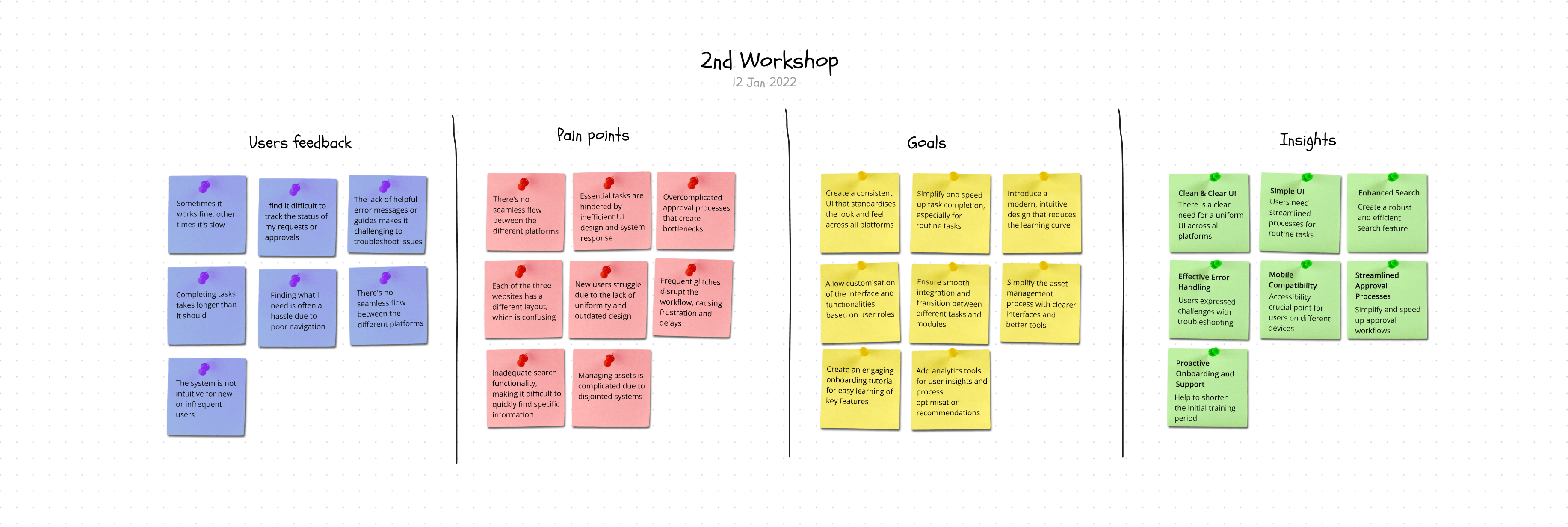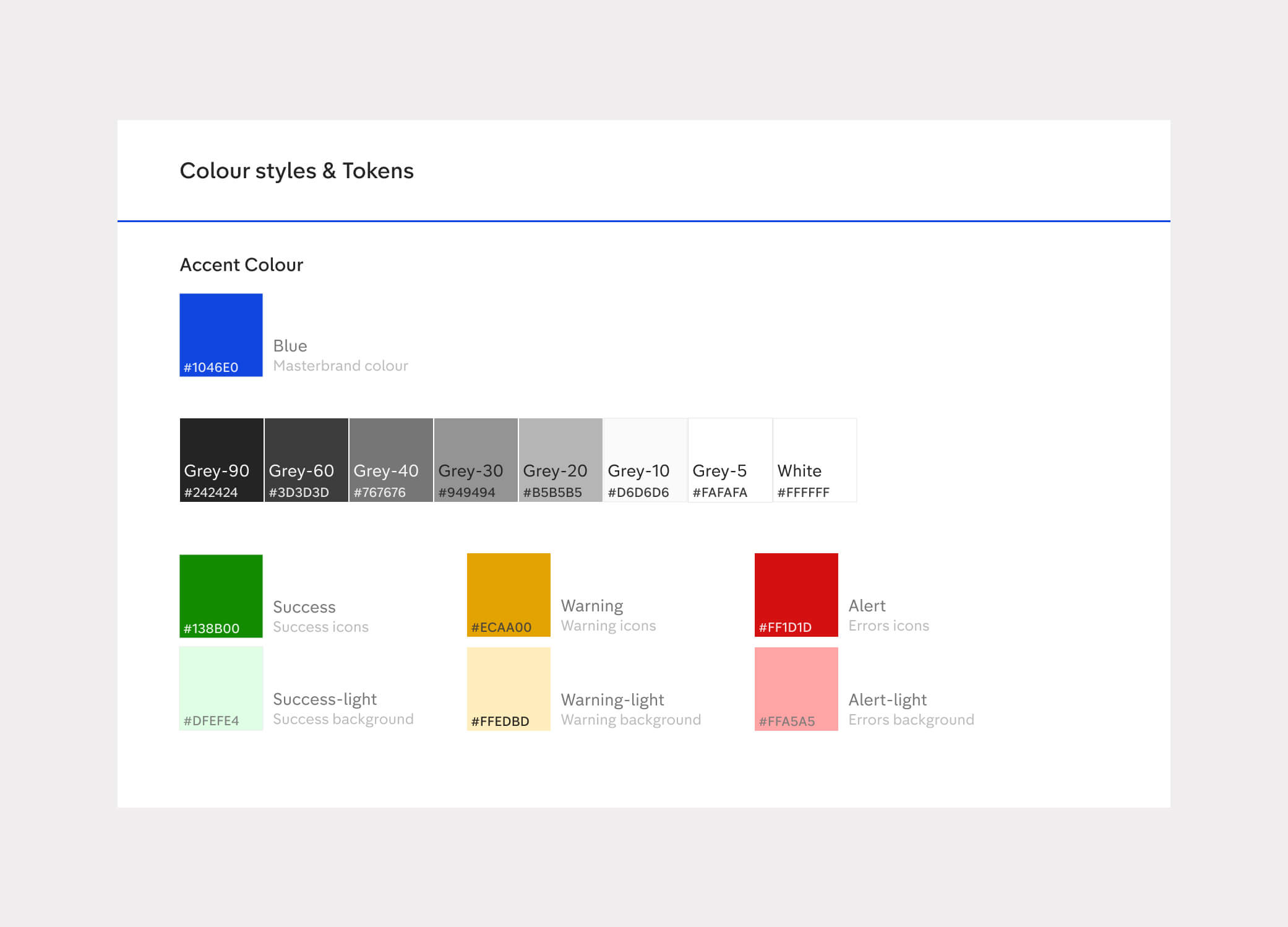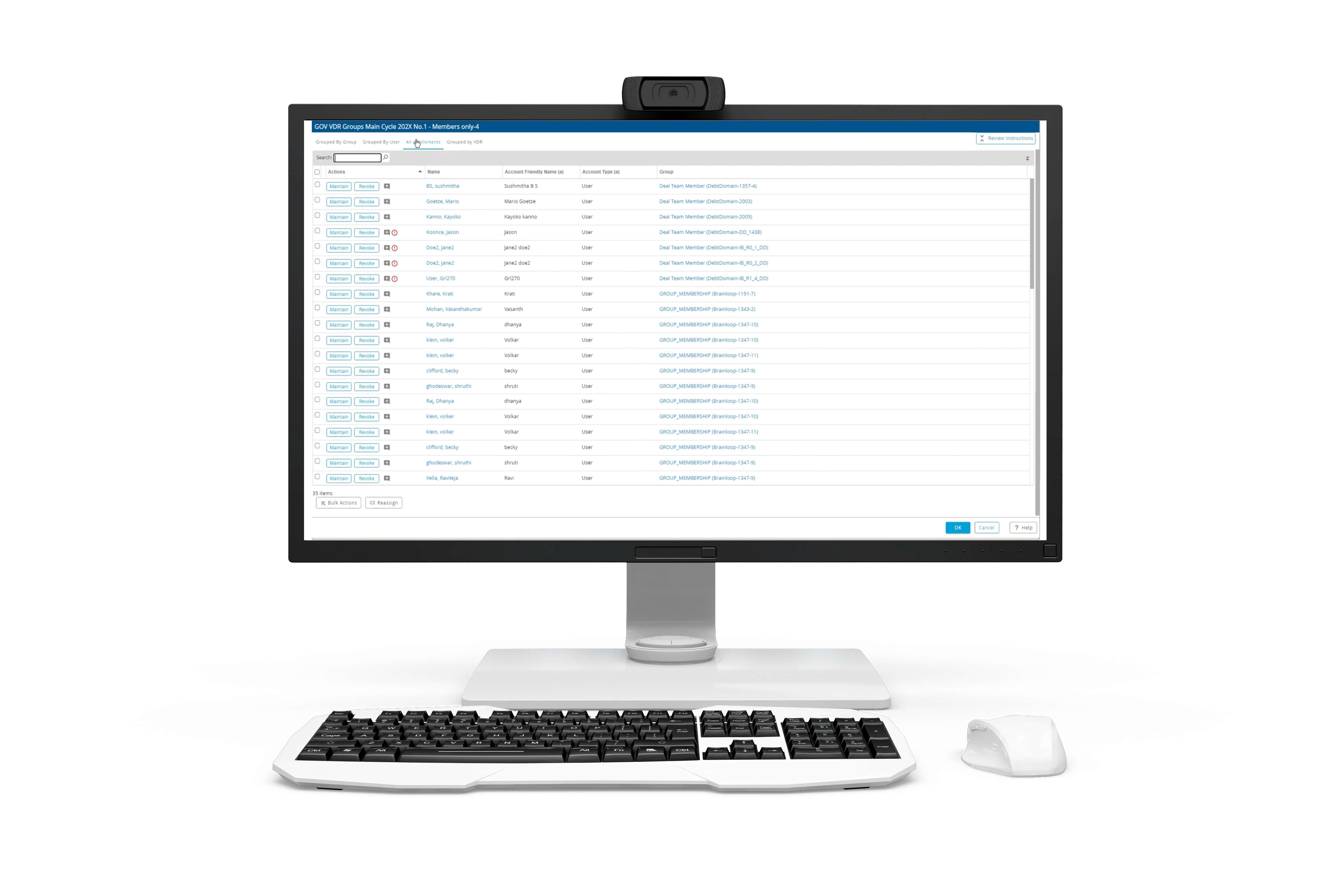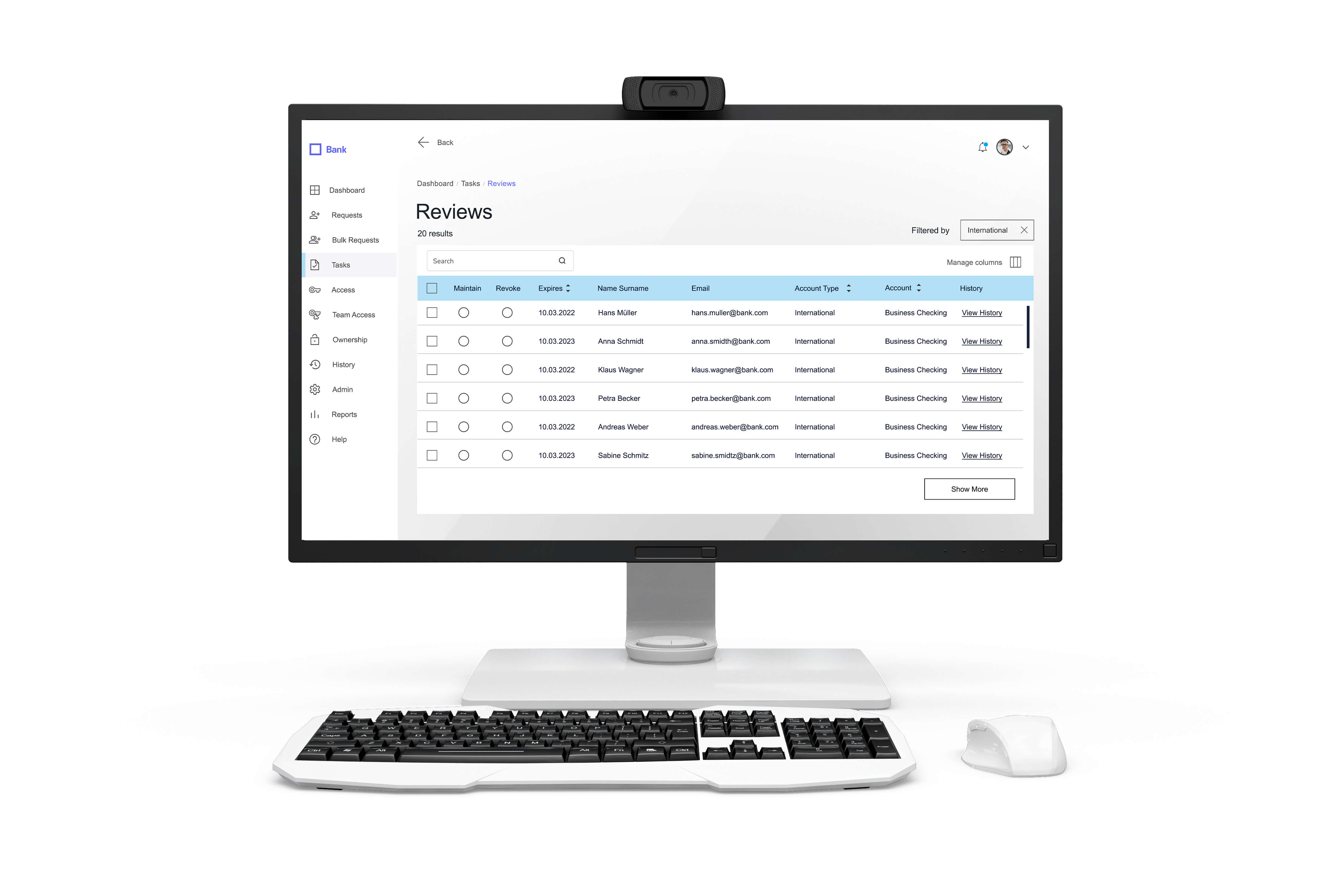User research & Competitive analysis
Conducted interviews, stakeholder workshops, and market research to identify UX gaps.

Wireframing & Navigation redesign
Created intuitive information architecture & structured layouts for seamless interaction.

Design system improvements
Expanded the Material Design framework to ensure scalability and consistency, introducing a color token system for a more structured and flexible UI.

Accessibility optimization
Conducted WCAG compliance audits to enhance usability across light and dark modes, ensuring accessibility for all users.

Usability testing & Iterations
Prototypes were validated through multiple testing cycles, refining the final experience.

